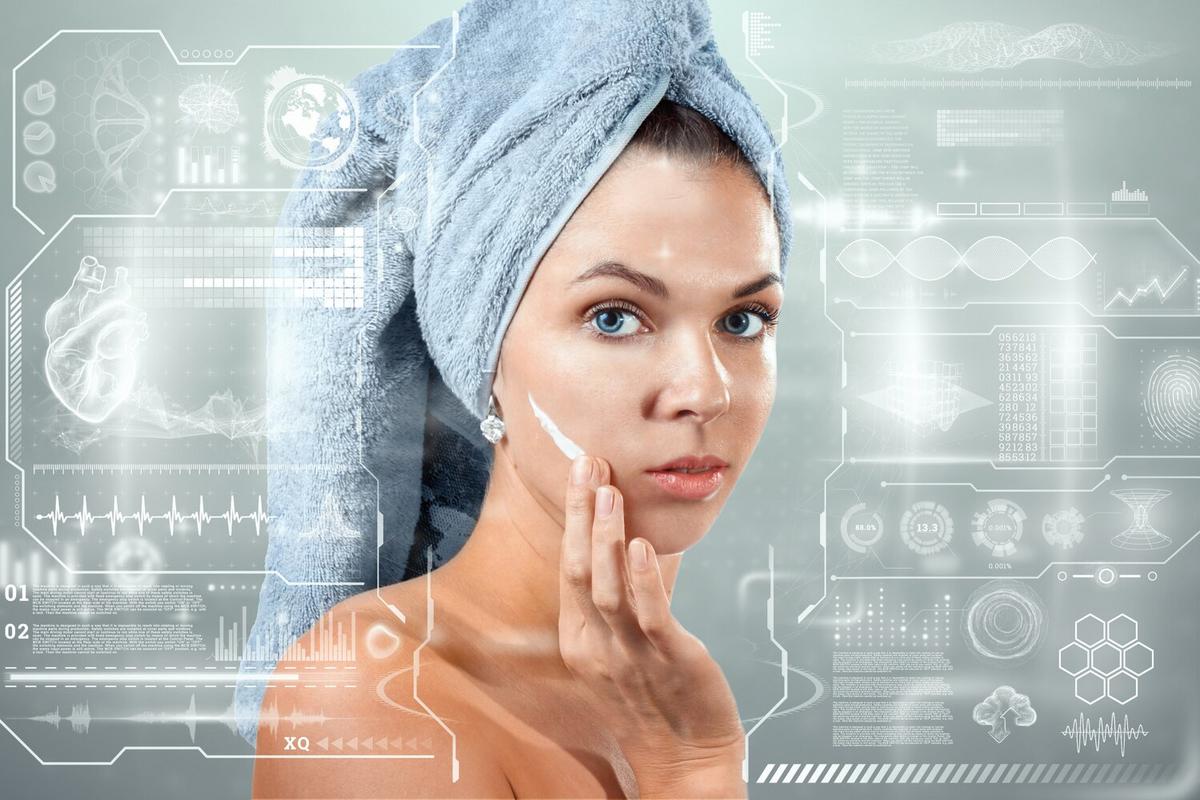
How to Transition to a Plastic-Free Skincare Routine
Switching to a plastic-free skincare routine may seem like a daunting task, but with growing environmental concerns, it’s a change worth considering. This transition not only benefits the planet but also encourages the use of more natural and sustainable products.
The Case for Plastic-Free Skincare
Plastic waste is a pressing environmental issue, with millions of tons ending up in oceans and landfills each year. The beauty industry, unfortunately, contributes significantly to this problem. According to a report by Zero Waste Week, over 120 billion units of packaging are produced annually by the global cosmetics industry, most of which are not recyclable.
Expert Insights
“Transitioning to plastic-free skincare is not just a trend; it’s a necessary step towards sustainability,” says eco-beauty expert and author of ‘Sustainable Beauty’, Emma Kelly.
Steps to Transition
1. Evaluate Your Current Routine
Start by assessing the products you currently use. Look for items with excessive packaging or plastic components and consider alternatives.
2. Seek Sustainable Brands
Many skincare brands are now offering products in glass or metal containers. Look for brands that prioritize sustainability in their packaging and sourcing practices.
3. DIY Solutions
Consider making your own skincare products at home. Simple items like coconut oil or aloe vera gel can serve as moisturizers, and they often come in plastic-free packaging.
When purchasing new products, choose items with minimal or recyclable packaging. Opt for bar soaps and shampoos instead of bottled versions.
Personal Experience
One enthusiast shared her journey of switching to a plastic-free routine, highlighting the ease of finding alternatives once she started looking. “I realized that many products I loved were available in eco-friendly packaging, or I could simply make them at home,” she explained.
Comparison Table: Plastic vs. Plastic-Free Skincare
| Aspect | Plastic Skincare | Plastic-Free Skincare |
|---|---|---|
| Packaging | Plastic bottles and tubes | Glass jars, metal tins |
| Recyclability | Often non-recyclable | Highly recyclable |
| Environmental Impact | High | Low |
| Cost | Generally lower | Can be higher |
| Availability | Widely available | Emerging market |
| Variety | Extensive range | Growing range |
| DIY Options | Limited | Numerous |
| Brand Options | Many | Increasing |
Frequently Asked Questions
Why should I switch to a plastic-free skincare routine?
Transitioning helps reduce plastic waste and encourages sustainable consumption, benefiting the environment and future generations.
Are plastic-free skincare products more expensive?
They can be initially more expensive, but the long-term environmental benefits and often higher-quality ingredients make them a worthwhile investment.
Conclusion
Transitioning to a plastic-free skincare routine is an impactful way to contribute to environmental sustainability. By evaluating your current products, exploring sustainable brands, and considering DIY solutions, you can make a significant difference. Remember, every small change counts.


